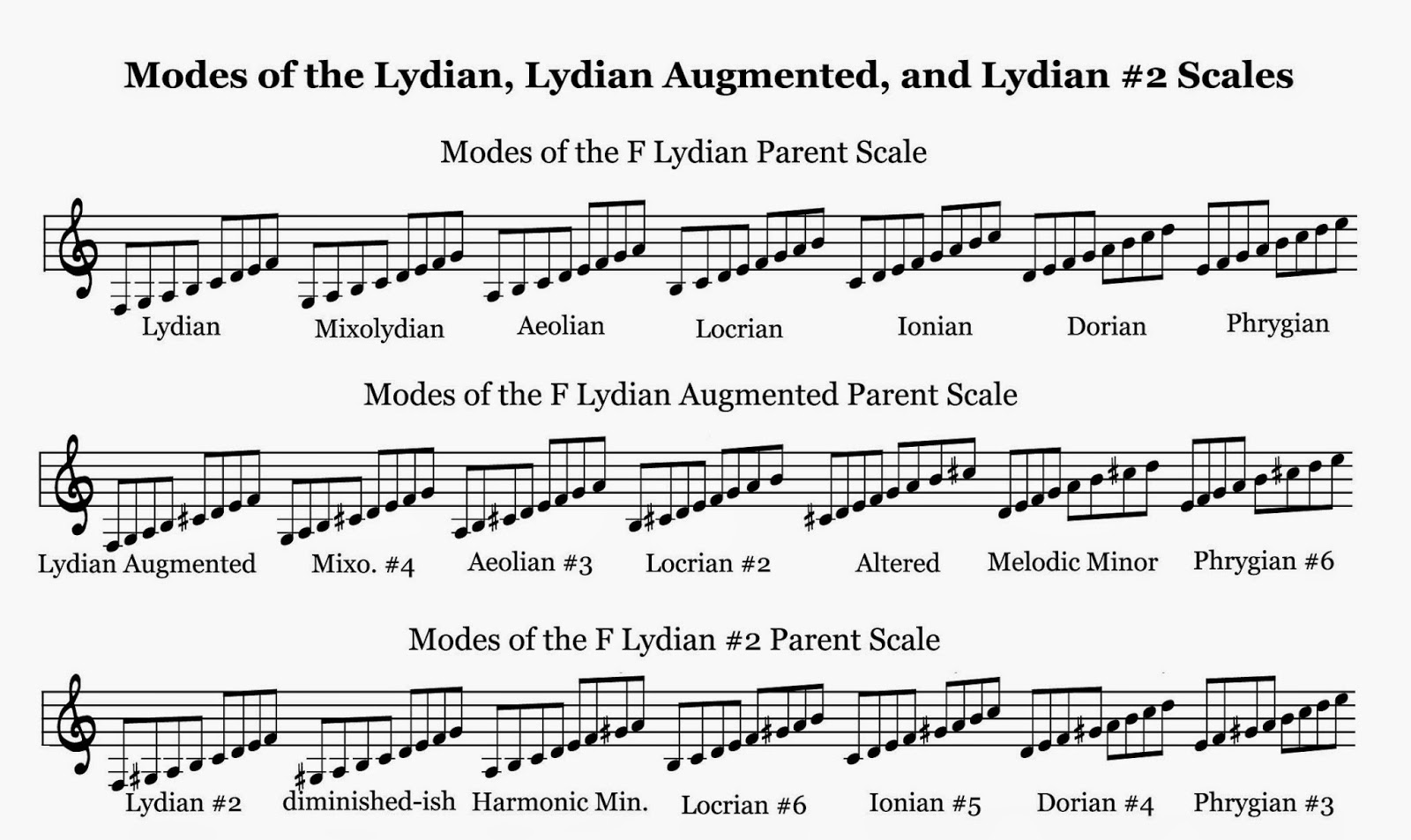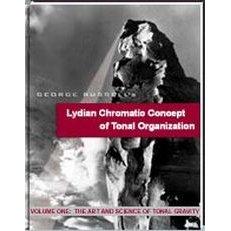

The student is assessed in relation to the learning objectives of the course. Final assessmentsĪll coursework must be approved before the student can be given a final assessment. Of these, 80% must be answered/presented during the class. The instructor will assign five practice tasks. This normally entails that if a student is absent for more than 20% of the course time, he or she will fail the course. Course requirementsĪctive participation in the course is a requirement. There will be a large degree of freedom in the kind of material that is presented, as long as it can be explained in terms of the Lydian Chromatic Concept. The students present their own self-composed/improvised lines, tunes, improvisations, improvisational exercises, reharmonizations or arrangements. The course is taught weekly, as group instruction. A high level of openness and curiosity is expected, as well as a good basic knowledge of jazz harmony/scale theory.

In this course, we will concentrate primarily on various nuances of jazz improvisation, and on modal and more chord-oriented forms. The theory provides a basis for understanding and performing all kinds of music. This will comprise a combination of aurally-based vocal and instrumental work and analytical work. We will also carry out theoretical and practical work on the 11 different scales that arise from the basic Lydian scale. In this course, we will work on understanding and practising the concept of “tonal gravitation”. Learning objectivesĪfter completing the course the student is expected to be able to use the Lydian Chromatic Concept of Tonal Organization. The system serves as a tool for improvisational musicians who want to foster a greater level of maturity, meaning and harmonic richness in their playing.Ĭourse Instructor: Helge Lien. Russell’s concept is a system that is both fundamental and very advanced. George Russell was an American jazz pianist, arranger/composer and music theorist whose theories of tonal gravity and the Lydian chromatic scale became extremely influential in jazz music in the 1950s, 60s and 70s. The course is an exploratory, philosophical and practical introduction to George Russell’s theory for improvisational musicians, known as the “Lydian Chromatic Concept of Tonal Organization”. These students will be obliged to take a theoretical or practical test prior to being admitted. Places may be offered to students of other disciplines who show a great understanding of advanced jazz harmony. The course is aimed at undergraduate and graduate students of improvised music/jazz. Language of tuition: Norwegian and English. Final assessment: Assessment by the course instructor.


 0 kommentar(er)
0 kommentar(er)
